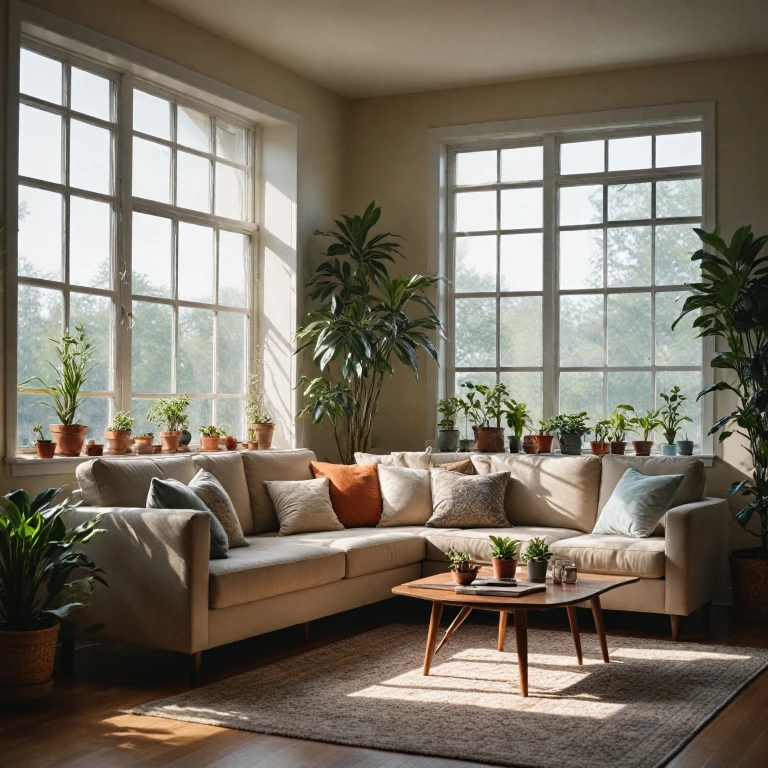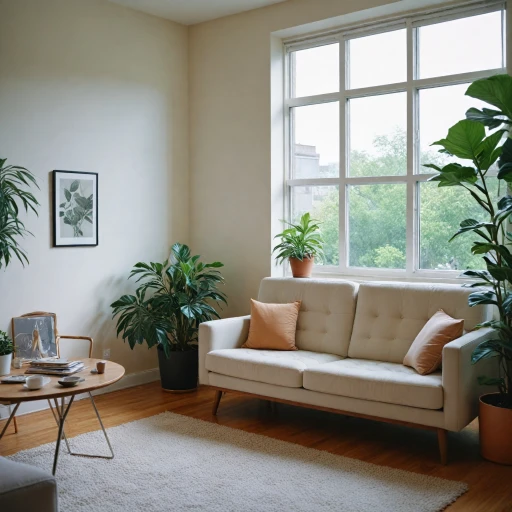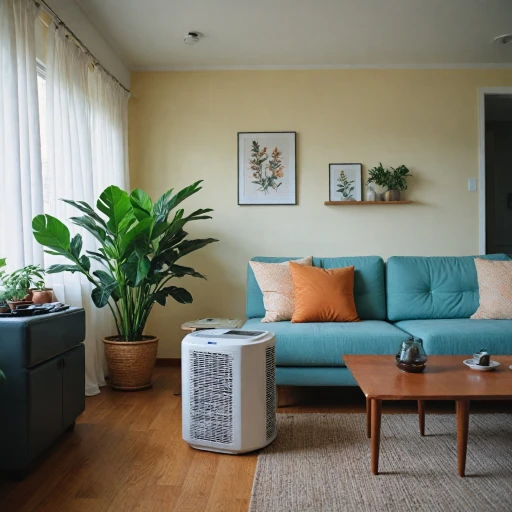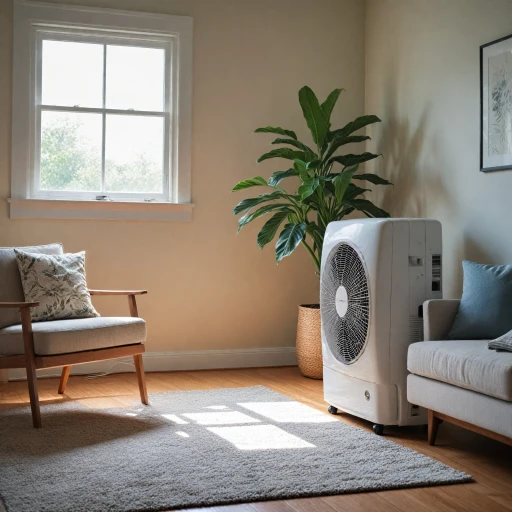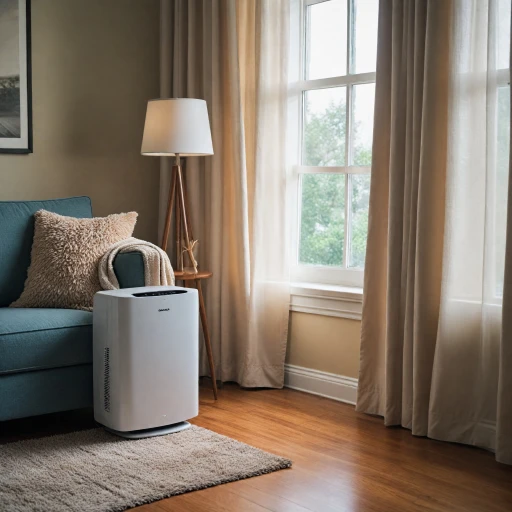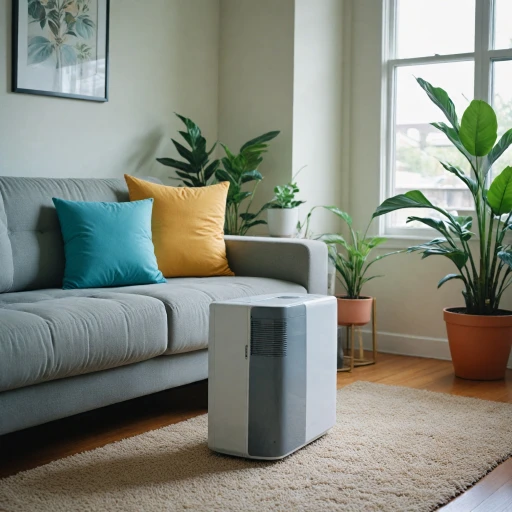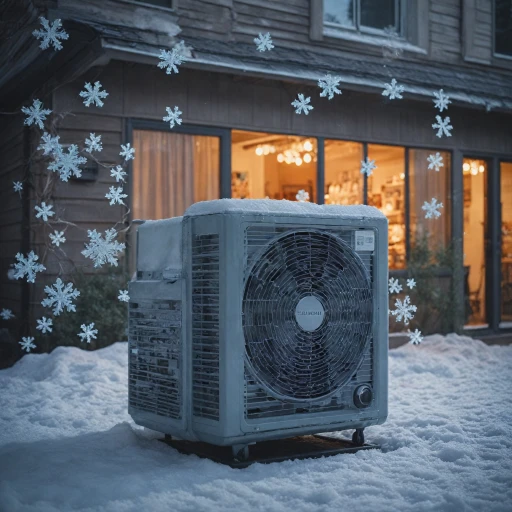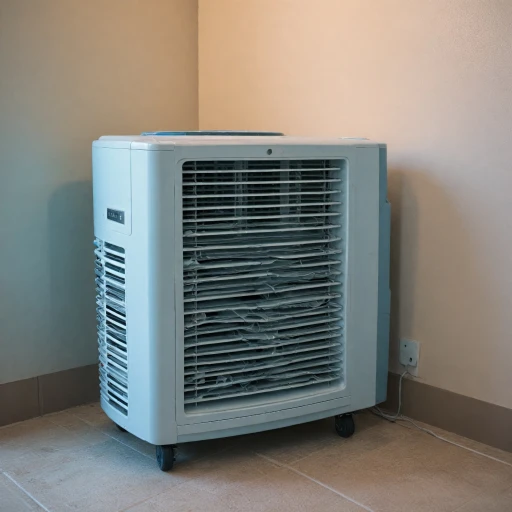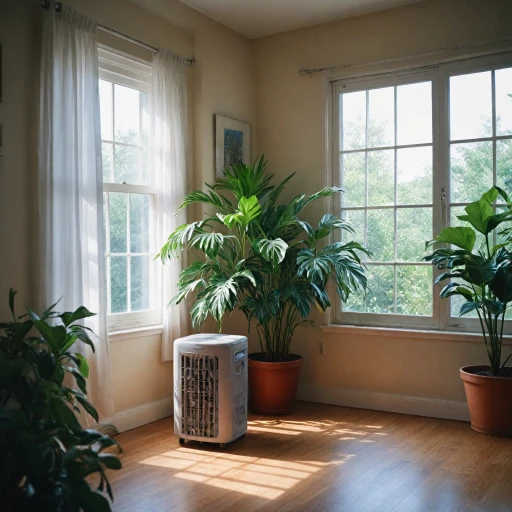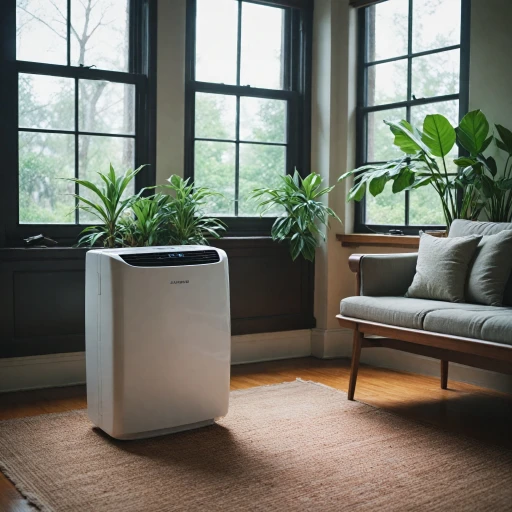
Understanding Large Portable AC Units
The Basics of Large Portable Cooling Solutions
When searching for an effective cooling solution, large portable air conditioners (ACs) often emerge as a viable choice. These units are designed to cool larger spaces more efficiently than their smaller counterparts. A large portable AC unit typically boasts a higher BTU rating, crucial for cooling expansive areas. The BTU, or British Thermal Units, is a measure of the energy capacity needed for cooling. High BTU portable units are better suited for bigger rooms or those with significant heat gain. A few factors underscore the appeal of these units. Their portability allows them to be moved between rooms without the same installation constraints as traditional window units. Many feature wheels to enhance maneuverability, making them a versatile option for homeowners. Large portable ACs frequently include either a single or dual hose system, which impacts their efficiency. A single hose portable AC draws air from the room to cool the unit's components, while a dual hose system uses one hose for air intake and another for exhaust, offering improved cooling performance.Considerations Before Purchase
Before committing to a portable air conditioner unit, understanding your cooling needs is essential. Factors include:- Room Size: Larger rooms require units with higher BTU ratings.
- Energy Efficiency: Look for models with eco-friendly features to reduce energy consumption.
- Space Limitations: Consider the unit's dimensions, especially if you anticipate moving it through tight spaces.
- Additional Functions: Some units, like the Midea Duo or Black Decker portable air conditioners, offer added functionality such as dehumidification or heating, providing year-round utility.
Benefits of Large Portable AC Units
Advantages of Opting for Larger Portable Air Conditioners
Exploring the dimensions and efficiencies of larger portable air conditioners, you come across several benefits that make these units appealing. Their ability to circulate and cool air in expansive spaces, providing a significant heating and cooling solution, stands out among the rest. Whether using a single hose or dual hose configuration, their powerful performance is designed to handle larger areas efficiently.- Enhanced Cooling Capacity: Larger portable air conditioners are equipped with a higher British Thermal Unit (BTU) capacity, making them apt for cooling bigger rooms effectively. Their capabilities often rival those of traditional window air units, offering a robust choice for substantial spaces.
- Versatile Usage: These units often incorporate supplementary features, such as a dehumidifier or even a heating system, like a heat pump, enhancing their year-round functionality. Models like the Midea Duo enable you to manage both indoor heating and cooling requirements without the need for additional installations.
- Mobility and Flexibility: Unlike fixed window units, larger portable ACs provide the convenience of movement. You can easily relocate them from room to room, making them ideal for individuals who frequently change living or working spaces. The EcoFlow Wave, for instance, emphasizes portability while delivering an excellent cooling performance.
- Alternative to Central HVAC Systems: For those not invested in central air conditioning, these portable air conditioners offer an economically sensible alternative, delivering significant energy savings over time due to their efficient operation.
Challenges and Considerations
Operational Challenges and Practical Considerations
When it comes to using large portable air conditioners, several challenges and considerations are worth noting for an informed decision. While these units offer great portability and cooling efficiency, some factors might impact their effectiveness and your overall satisfaction. Space and Placement Concerns- Large portable units are not as compact as other models, so adequate space in your room is essential. Make sure you measure your room and consider the space the unit and its accompanying components, like the hose, will require.
- Selecting the suitable location for your portable unit is crucial. Optimal placement will help manage airflow and cooling efficiency while adhering to manufacturer protocols for maximum performance.
- Ventilation is a significant consideration with these systems. Hose portable units, whether single or dual hose versions, need a proper window kit for efficient heat expulsion. A double check on compatibility with your window type can prevent challenges down the line.
- Installation might be more intricate than straightforward plug-and-play options. Units like the Black Decker and Midea models typically come with detailed instructions, yet inexperienced users might find the process daunting.
- Cooling capacity, typically measured in BTUs, influences energy consumption. While larger units offer better cooling for bigger spaces, they often consume more power, impacting energy bills. Looking into the energy efficiency ratings can guide you towards the best model for your needs.
- Noise can be another potential downside, as air conditioners, especially older or budget models, might emit noticeable sound. It's essential to assess the noise levels if you prioritize quieter cooling.
- Regular maintenance is a must for consistent performance. Cleaning and replacing filters, checking the hose for obstructions, and ensuring the unit is functioning properly should be part of your routine care.
Key Features to Look For
Essential Characteristics and Features of Large Portable AC Units
When considering the purchase of a large portable air conditioner, it is crucial to examine the key features that can enhance your cooling experience. These features ensure that the unit not only cools effectively but also integrates seamlessly into your space.
Cooling Capacity (BTU)
One of the primary factors to look for is the cooling capacity, usually measured in BTUs (British Thermal Units). The ideal BTU rating depends on the size of the room you’re attempting to cool. A space that is too large for the unit’s capacity will not be cooled efficiently. Conversely, a unit with too high a BTU may cycle off too quickly, compromising energy efficiency. It’s advisable to match the BTU rating to the room size for optimal cooling while keeping energy consumption in check.
Single vs. Dual Hose Design
The choice between single hose and dual hose designs impacts the unit's efficiency and performance. Single hose units are generally more affordable and easier to install, but they may not be as efficient in cooling large spaces. Dual hose models, such as the midea duo, tend to provide more efficient cooling by using one hose to draw in air and the other to expel heat, making them ideal for larger rooms.
Dehumidifier and Heating Modes
Many portable ACs come equipped with additional functionalities beyond just cooling. A built-in dehumidifier can enhance indoor air quality by reducing humidity levels, offering a more comfortable environment. Some models also include a heating mode, functioning as a heat pump to warm your space during colder months, making these units versatile throughout the year.
Energy Efficiency and Noise Level
Energy efficiency is a significant consideration, especially for those conscious of utility costs and environmental impact. Look for units with high EER (Energy Efficiency Ratio) ratings. Noise level is another critical factor, especially for bedrooms or offices. The sound output will vary between models and brands, so it’s beneficial to read reviews and manufacturer specifications to choose a unit that operates quietly.
Additional Features and Smart Connectivity
Apart from the basic functionalities, many modern portable units come with smart features. Integrated Wi-Fi or app-controlled settings allow for remote operation, providing convenience and enhanced user experience. Features such as programmable timers, remote control, and advanced filtration systems can also add to the overall functionality of the air conditioner.
Considering these aspects will guide you in selecting a large portable AC unit that best meets your specific needs, ensuring efficiency and comfort in any room setting. Remember, each model and brand, like black decker or ecoflow wave, offers unique features that cater to diverse user preferences.
Comparing Large Portable AC Units
Evaluating Large Portable AC Units
When planning to invest in a large portable air conditioner, comparing different models can be pivotal in making the right choice. With brands such as Midea and models like the Black Decker or the versatile Ecoflow Wave, it's essential to assess certain criteria before settling on a unit.- BTU Rating: The British Thermal Unit (BTU) is an essential measure of cooling power for air conditioners. Higher BTUs indicate a greater ability to cool a larger space effectively. Consider your room size and match it with a suitable BTU portable unit.
- Single vs. Dual Hose: Single hose portable units draw air from the room, use it to cool the unit, then expel it back. Dual hose models utilize one hose for drawing air from outside and another to release warm air. Dual hose systems are more efficient for larger areas.
- Dehumidifier Function: In humid climates, units with dehumidifier functionality help remove excess moisture alongside cooling. This feature ensures a more comfortable indoor climate.
- Heating Options: Some portable ACs integrate heat pump technology, doubling as heaters. This feature allows you to use the unit year-round, providing both cooling and heating.
- Mobility: Although all portable ACs are designed to be mobile, weight and caster wheel quality affect how easily the unit moves between rooms.
Maintenance and Care Tips
Ensure Proper Functioning to Maximize Efficiency
Proper maintenance of large portable AC units is critical to maintaining their efficiency and ensuring longevity. Like any other appliance, air conditioning units require routine checks and adjustments to function optimally. Here's how to keep your portable AC unit running smoothly:
- Clean or Replace Filters: Regularly inspect the air filters and clean or replace them as needed. Dirty filters can restrict airflow, reduce efficiency, and affect indoor air quality.
- Monitor the Exhaust Hose: Ensure the hose is securely connected and free of obstructions. A proper installation of the hose assures optimal cooling by expelling heat efficiently from the room.
- Keep the Exterior Clean: Dust and dirt can accumulate on the unit, affecting performance. Wipe the portable air conditioner with a soft, damp cloth to remove any buildup.
- Inspect the Electrical Components: Regularly check the power cord, plug, and connections for any signs of wear or damage. Safe operation depends on the reliability of these components.
- Store Properly During Off-Season: If you won't be using the portable AC for an extended period, clean it thoroughly and store it in a cool, dry place. This prevents mold growth and preserves the condition of internal parts.
Following these maintenance tips is vital to ensuring that your large portable AC unit remains effective and energy efficient. As discussed in previous sections, these practices not only improve cooling performance but also prevent potential malfunctions and extend the lifespan of the portable unit. By staying proactive, you'll be better prepared to create a comfortable environment whenever the cool breeze of your portable air conditioner is needed.
